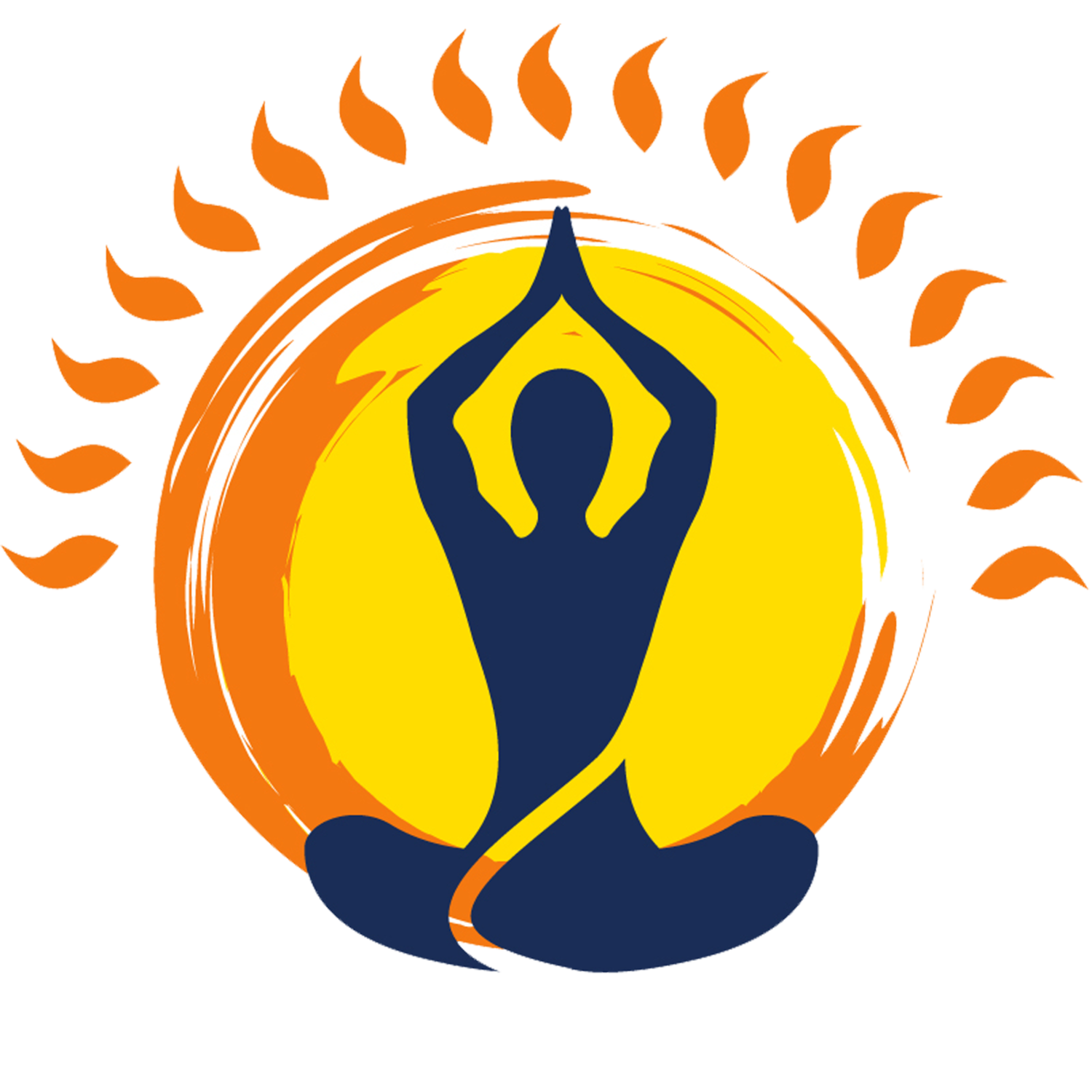What is Yoga?
Yoga means union. It is union with our true nature and spiritual essence.
Yoga is an ancient journey into a vast world that unites body, mind, and
spirit.
Yoga is a group of physical, mental, and spiritual practices or disciplines.
It is fair to say that India has one of the richest spiritual histories in the world and for thousands of years has seen countless people devoted to spiritual lives.
Yoga’s origins can be traced to northern India over 5,000 years ago.
“Breath is your teacher
Stillness is your second teacher
Together they are your Masters.”
Does yoga help with fitness? A big yes, and in three ways!
Cardiorespiratory fitness
This refers to the fitness of your heart, lungs, and blood vessels. The better your cardiorespiratory fitness, the better your stamina, the lower your risk for a host of diseases like heart disease, diabetes, and cancer. An inefficient breath due to posture and shallow breathing are helped greatly by the yogic yoga.
2. Muscular fitness
This refers both to your muscle strength (how heavy an object you can lift, own weight as an example) and your muscle endurance
3. Flexibility
As most people age, muscles shorten and your tendons, the tissue that connects muscles to bones, become stiffer. This reduces the range of motion, preventing optimum movement of your knees, shoulders, elbows, spine, and other joints. Loss of flexibility may also be associated with an increased risk of pain and injury. Tight hamstrings, for example, pull down on your pelvis, putting pressure on your lower back. In general, tight muscles increase the likelihood you’ll suddenly move past your safe range of motion and damage ligaments, tendons, and the muscles themselves.
What are the 8 Limbs of Yoga?
1. Yama A. Ahiṃsā: nonviolence, non-harming other living beings B. Satya: truthfulness, non-falsehood C. Asteya: non-stealing, not taking what isn’t freely given D. Brahmacharya: wise use of energy, self-control, moderation E. Aparigraha: non-possessiveness, not accumulating what is not essential
2. Niyama A. Śauca: purity, clearness of mind, speech, and body B. Santoṣa: contentment, acceptance of others and of one's circumstances as they are, optimism for self C. Tapas: perseverance, discipline, patience D. Svādhyāya: study of self, self-reflection, introspection of self's thoughts, speeches, and actions E. Īśvarapraṇidhāna: devotion, dedication to the ideal of pure awareness, true self
3. Asana – postures practiced in yoga, body is a temple, preparation for meditation
4. Pranayama – breath control, connecting breath-mind-emotions
5. Pratyahara – withdraw from the external stimuli and look at our internal self
6. Dharana – concentration on a single point, before meditation, object, mantra, etc.
7. Dhyana – meditation, state of keenly aware without focus
8. Samadhi – state of ecstasy, connection to divine and all living things.
What are Chakras?
What are Mudras?
Mudra means “seal,” “gesture,” or “mark.” Yoga mudras are symbolic gestures often practiced with the hands and fingers. They facilitate the flow of energy in the subtle body and enhance one's journey within.
e.g., bringing the palms together in front of the heart space symbolizes honour and respect toward yourself and toward the universe. This mudra expresses love and gratitude.
Namaste. (meaning - non-contact form of respectfully greeting and honouring the opposite person or group, used at any time of day.
Dawn x

